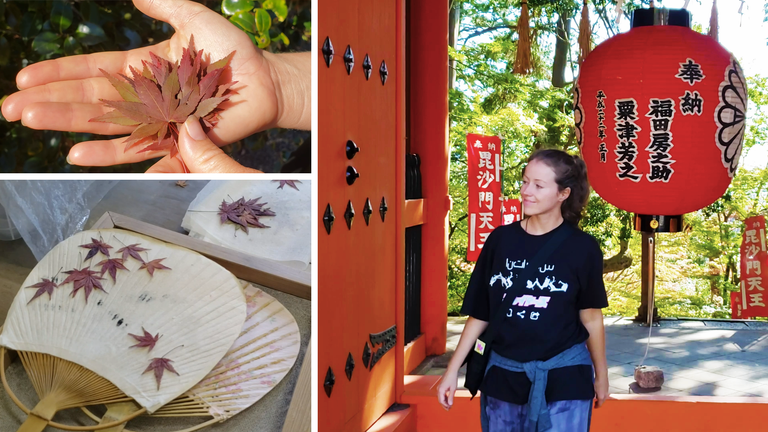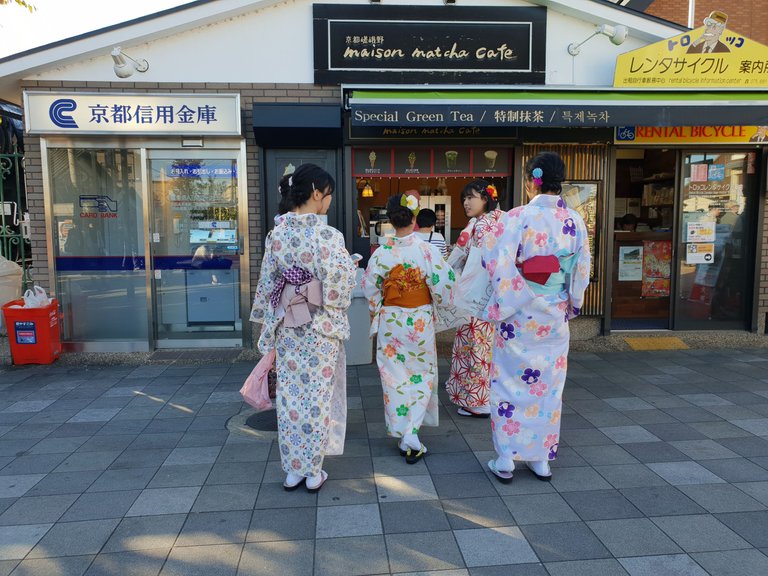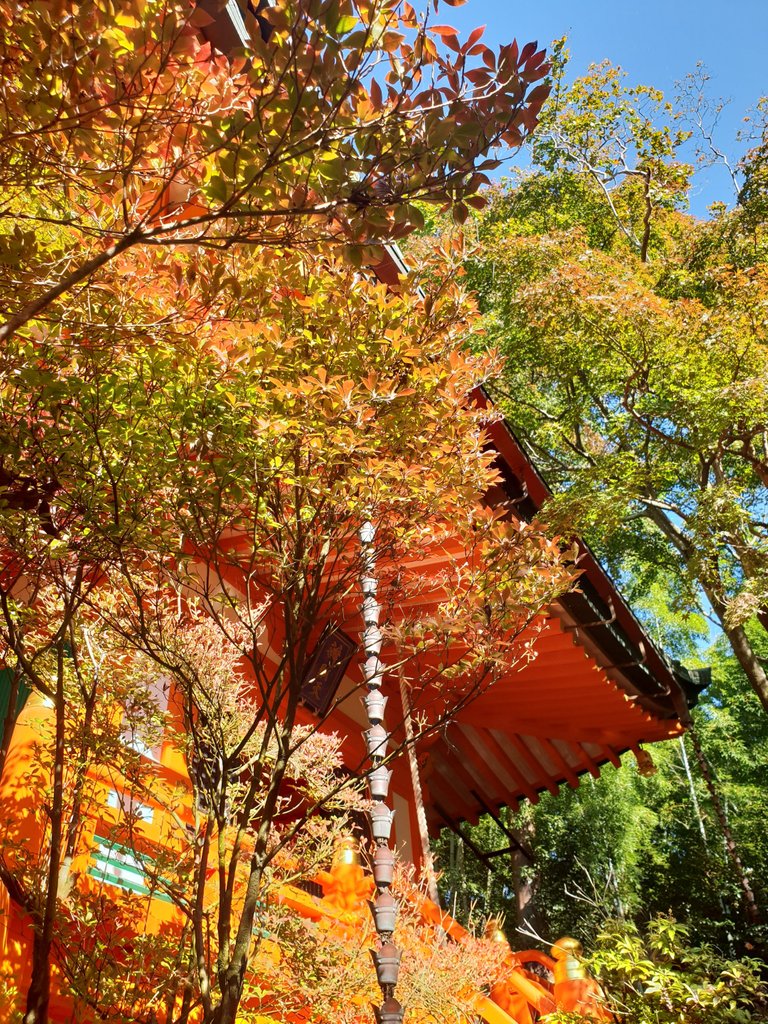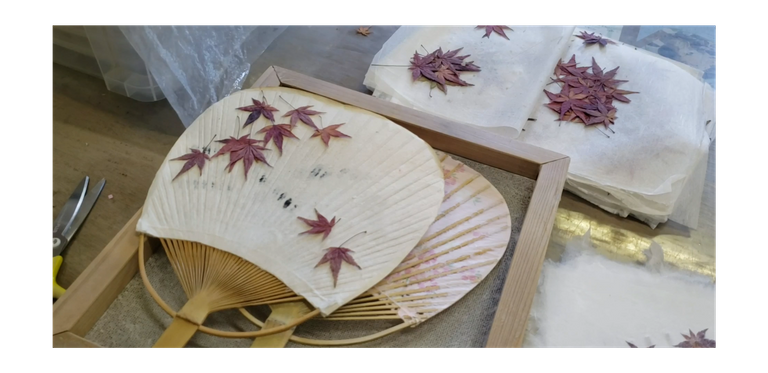I found myself in Kyoto Japan in Autumn 2019 before the world had changed. Honestly it was like a dream, because Japan was always a place I thought i'd never be able to visit but had always wanted to.
I think there is a world wide appreciation of Japanese aesthetics and design and I was no exception, I remember being fascinated with their culture from a young age, I especially loved Japanese art and architecture.
I guess being a kid growing up in the 90s playing with all the Japanese video games definitely programmed me in some way.

Kyoto was a destination suffering with over tourism, recently I heard its like a ghost town, since all the restrictions no tourists can enter the country.
It feels strange and surreal, just seeing this image below of young Japanese women celebrating a birthday, dressing up in Kimonos, taking Instagram selfies and waiting in line for their special green tea, this was a common sight, the torusits were not only foreigners but also many Japanese people because Kyoto offers that typically Japanese picturesque aesthetic that everyone is looking for.

But what I was specifically looking for were the red leaves since it was November and the cool autumn air was drifting in, the leaves were ready to change. A magical moment that Japanese people go crazy for called Momiji-Gari 紅葉狩り (meaning red leaf viewing or literal translation as hunting)
I feel hunting implies, a stalking down, chasing or patiently waiting emphasis that comes with the act of hunting something with an intention, maybe as if to take or a need to collect or consume.
Where as red leaf viewing feels like a distant act of appreciation without touching or taking, like viewing a profound work of art.

I traveled to a temple on the edge of the city, situated by a dense forest and slightly elevated in search of the red leaves. I took the public transport to a station called Yamashina JR from there I walked the scenic route along the river side. I saw many traditional houses made from wood, each with a garden growing fruit trees, wild flowers and herbs. There were even mushrooms being cultivated around the tree.

It was a beautiful day despite it being November I was walking around in my T-shirt, soaking up the last warm rays of the year. Breathing in the fresh air from the ancient forest and trees all around. In recent years it has become more popular to go red leaf hunting and I can understand why, I think its our human instinct and desire to maintain a connection with nature, that for many is reducing more and more. Rarely do we have the time to just be outside with the plants and the trees, if we are outside we are rushing from one place to the next, from the uber, to the mall, particularly in a hyper modernized place like Japan it maybe more alluring to be inside the mega arcades of Tokyo for some but a respect and love for nature has been deeply ingrained into the psyche of the Japanese people. The temples and the zen gardens still prevail but on the other hand, home gardens are reducing fast, with super modern minimalist designs taking preference with zero vegetation and only a concrete drive way that remains. This isn't because the Japanese have lost their love for nature but that the pressures of modern life making it difficult to up keep beautiful gardens.

I could see as I walked around the Temple garden, it had been perfectly looked after, these were not wild woods or meadows but intentionally designed works of art that are maintained.
Us humans have an obsession with managing and recreating what is around us, sometimes this is to our benefit, by selecting special seeds and planting what is useful to us, or what we find aesthetic, almost everything we see now has been cocreated with man in some way and there is very little truly wild places left on this planet.
After walking around the temple I realize I was too early in November to see the full turning, the climate varies a lot all over Japan. In the North the colors had already changed and fallen, whereas here is Kyoto it was only just beginning.
I also learned that the change in the pigment is said to be a way for the dying leaves to continue to feed the tree before they drop off. The red glossy layer protects them from sun damage preventing them from drying and falling off the tree faster.

It's the deciduous trees, like maples and acers that particularly have that eye catching spectrum of bright and deep reds. They also have a delicate shape with fingers that spread out, its this shape that people like to use in crafts. The Japanese use these red acer leaves in tradational hand made paper making which I got to see a little bit first hand at the Yame cultural museum.

Even though I did not see the full turning I was so grateful to be able to experience a little bit of Momiji-Gari. I also realized that its also beautiful to see the turning in its process, by seeing some red leaves against many green leaves and the whole spectrum of orange, copper and yellow colours in between also have a romantic aesthetic. I decided to pick a few of the best leaves, to press them into my pocket notebook with the intention to use them in my own paper making activities in the future.

I take these last moments at the temple to ring the bell and say a pray to Mother Nature, to promise to try my best in protecting her and sharing my passion for her beauty and life giving force.
I thank her for providing and nurturing for us and I apologize for all the harm we do.

Thank you for reading about my journey into discovering the spiritual art of Momiji-Gari
I'd be interested to hear about what Autumn is like in your country and if there are any cultural activities connected to it. Let me know in the comments below :)